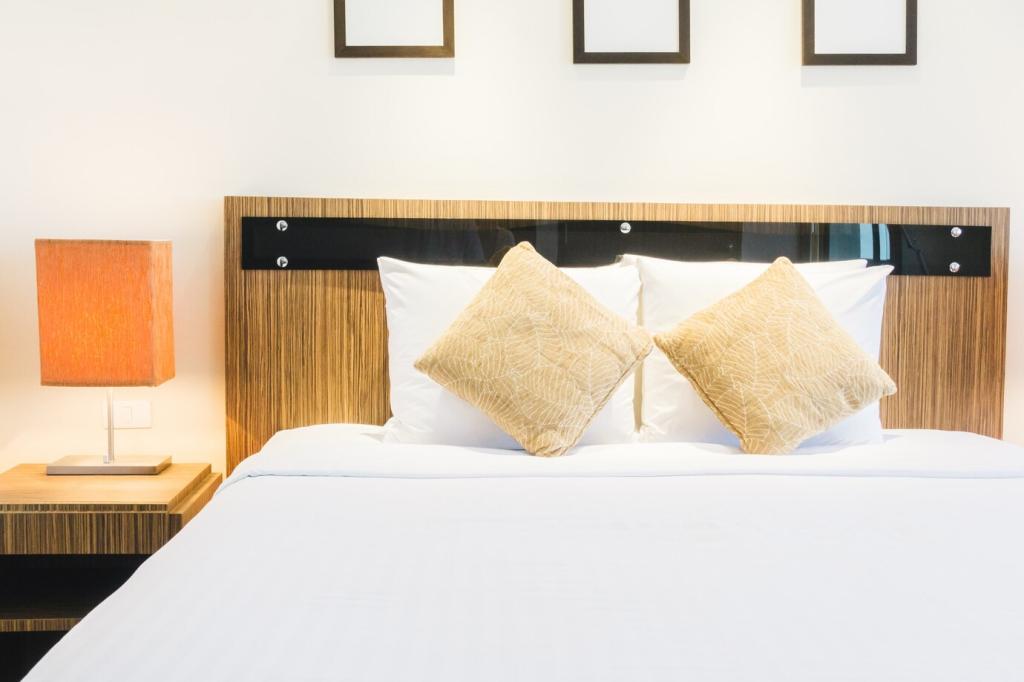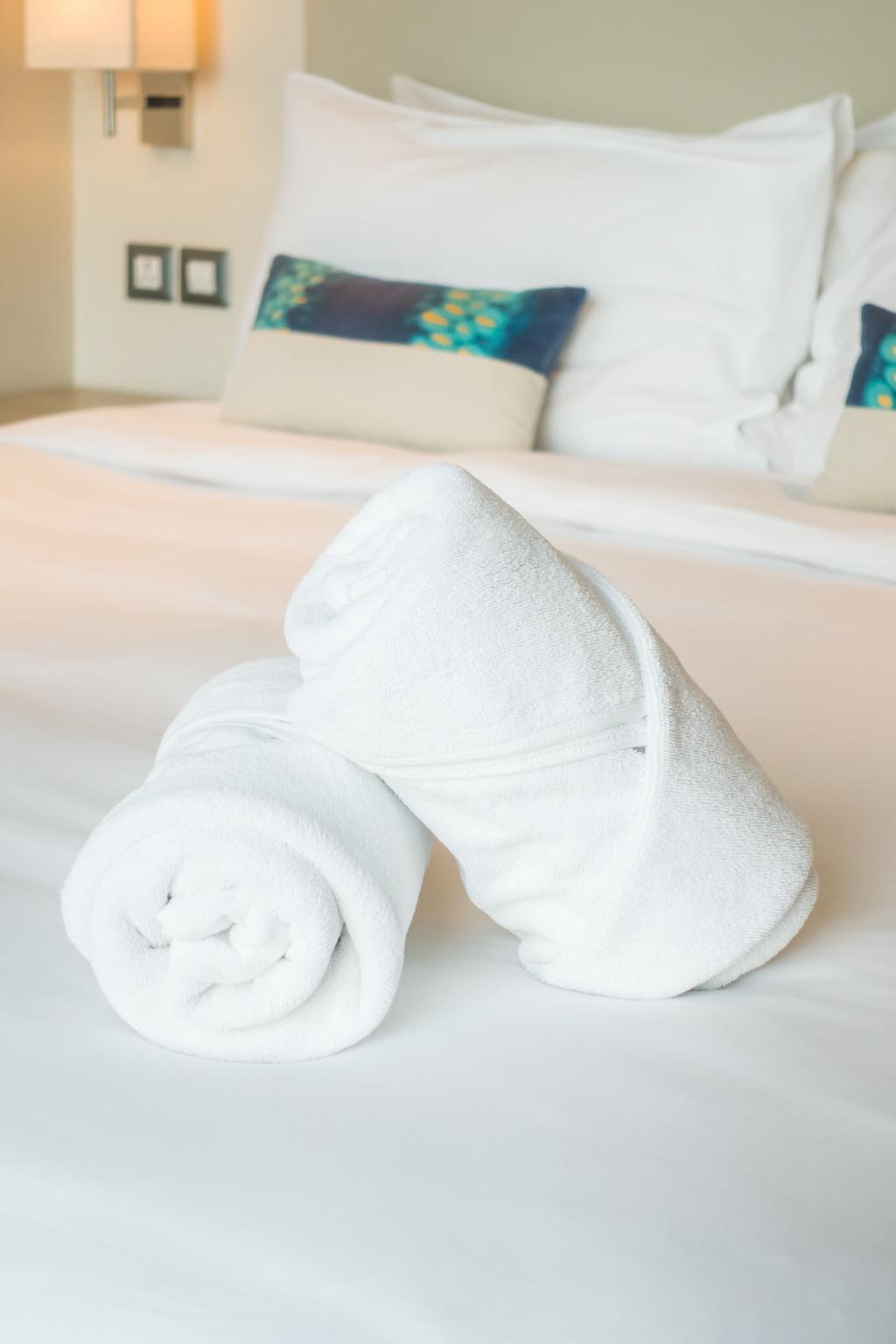High Thread Count vs. Material Quality: What Matters Most?
Welcome to our deep dive into “High Thread Count vs. Material Quality: What Matters Most?” We cut through marketing myths to reveal what truly makes bedding feel luxurious, breathe beautifully, and last longer. Explore real stories, practical tips, and expert insights—then subscribe and join the conversation.
Thread Count, Demystified
What Thread Count Actually Measures
Thread count measures the total number of threads woven vertically and horizontally within one square inch of fabric. It reflects density, not necessarily softness or strength. Multi-ply threads can artificially inflate numbers, while single-ply, long-staple fibers often feel smoother with fewer, stronger threads.
The Marketing Myth of Inflated Numbers
A label showing 1,000 may not outperform a well-made 280 or 350. Manufacturers sometimes twist multiple weaker plies together, counting each as a separate thread. That can reduce airflow and flexibility. Quality fiber and a balanced weave usually matter more than chasing an impressively high figure.
Feel It, Not Just Count It
A traveler once told us their softest stay featured humble 300-count percale that breathed effortlessly on a humid night. Later, they tried a stiff, heavy 900-count sateen and overheated. Touch, drape, and breathability proved more decisive than any number—share your own experiences with us below.

Long-Staple Cotton Changes Everything
Egyptian and Pima (Supima) cottons have long staples that spin into smoother, stronger yarns with fewer ends poking out. A family-run mill described fewer breaks on long-staple lines, producing consistent softness at moderate thread counts. Strength and smoothness start at the farm, not the label.

Linen’s Lived-In Luxury
Linen fibers, spun from flax, are naturally breathable, moisture-wicking, and durable. They soften with every wash and thrive in warm climates, even when the thread count seems modest. One reader replaced sweaty summer nights with airy linen and woke cooler, calmer, and truly rested.
Durability and the Long Game
Ply, Pilling, and Breakage
Single-ply yarns made from long-staple fibers resist pilling better than multiple plies twisted from shorter fibers. High thread counts using weak, multi-ply yarns can feel dense at first, then fray. Prioritize fiber pedigree and construction quality instead of chasing the largest printed number.
Laundry Trials Tell the Truth
In a simple home test, a 320-count long-staple percale softened noticeably after 20 washes, while a budget 800-count blend felt heavier but rougher. The stronger cotton retained integrity, color, and breathability. Durability emerged from fiber quality and weave balance, not from a bigger numeral.
Care Routines that Protect Quality
Wash on gentle with mild detergent, avoid harsh softeners that coat fibers, and tumble dry low to reduce stress. These habits preserve fiber strength and keep percale crisp or sateen smooth longer. Share your favorite care tips, and subscribe for seasonal maintenance checklists and reminders.
Comfort: Breathability, Temperature, and Handfeel
Airflow Beats Overcrowding
Extremely high thread counts can crowd yarns so tightly that air struggles to circulate. A balanced percale at 250–350 often outperforms dense fabrics for heat dissipation. Hot sleepers typically benefit from breathable weaves and natural fibers, not a number that compromises ventilation.
A Night-Sweat Turnaround Story
One subscriber switched from glossy 900-count sheets to 280-count long-staple percale and finally slept cool through July. The crisp feel and micro-gaps in the weave released trapped heat. Comfort arrived through breathable construction and quality cotton, not by adding more threads per inch.
Sensitive Skin, Cleaner Finishes
Finishing chemicals can create a temporary ‘hotel’ smoothness that washes off quickly and irritates sensitive skin. Look for certifications like OEKO-TEX Standard 100 and prioritize naturally soft fibers. Tell us if your skin prefers percale or sateen, and follow us for dermatologist-backed fabric tips.
Spending Smart: Value Over Hype
01
Seek long-staple or extra-long-staple cotton, clear single-ply disclosure, and transparent sourcing. Certifications like GOTS for organic processes and Supima for fiber authenticity signal real value. If a number sounds implausible, ask about ply, weave, and fiber length before you commit.
02
Splurge on authentic long-staple cotton or linen, and choose the right weave for your climate. Save by skipping inflated counts and flashy packaging. A well-made 300–400 count sateen or 250–350 percale frequently outperforms exaggerated alternatives while costing less over the fabric’s lifetime.
03
Touch the swatch, confirm fiber pedigree, verify single-ply yarns, and match weave to your sleeping temperature. Read care labels for realistic maintenance. Finally, compare return policies. Share what you prioritize when shopping, and subscribe for our printable checklist and seasonal buying guides.
The Verdict: Material Quality Leads, Thread Count Supports
Start with fiber: long-staple cotton or linen for breathable resilience. Choose weave: percale for airflow, sateen for drape. Then pick a reasonable thread count aligned with the material: modest for percale, moderate for sateen. Finally, validate with touch, transparency, and care requirements.
The Verdict: Material Quality Leads, Thread Count Supports
Humid climate and hot sleeper? Crisp, long-staple percale around 280–320. Cooler bedroom and silky preference? Honest 300–400 sateen in extra-long-staple cotton. Allergy-prone or eco-focused? Linen or certified organic cotton with minimal finishes. Tell us your climate and preferences for tailored suggestions.


